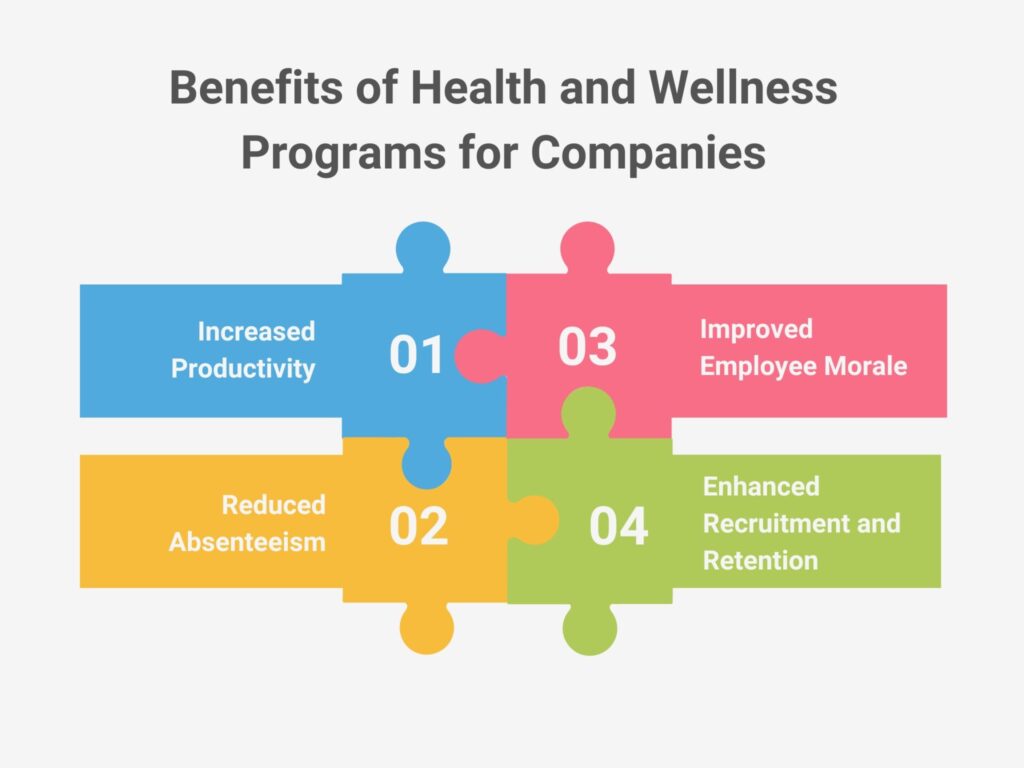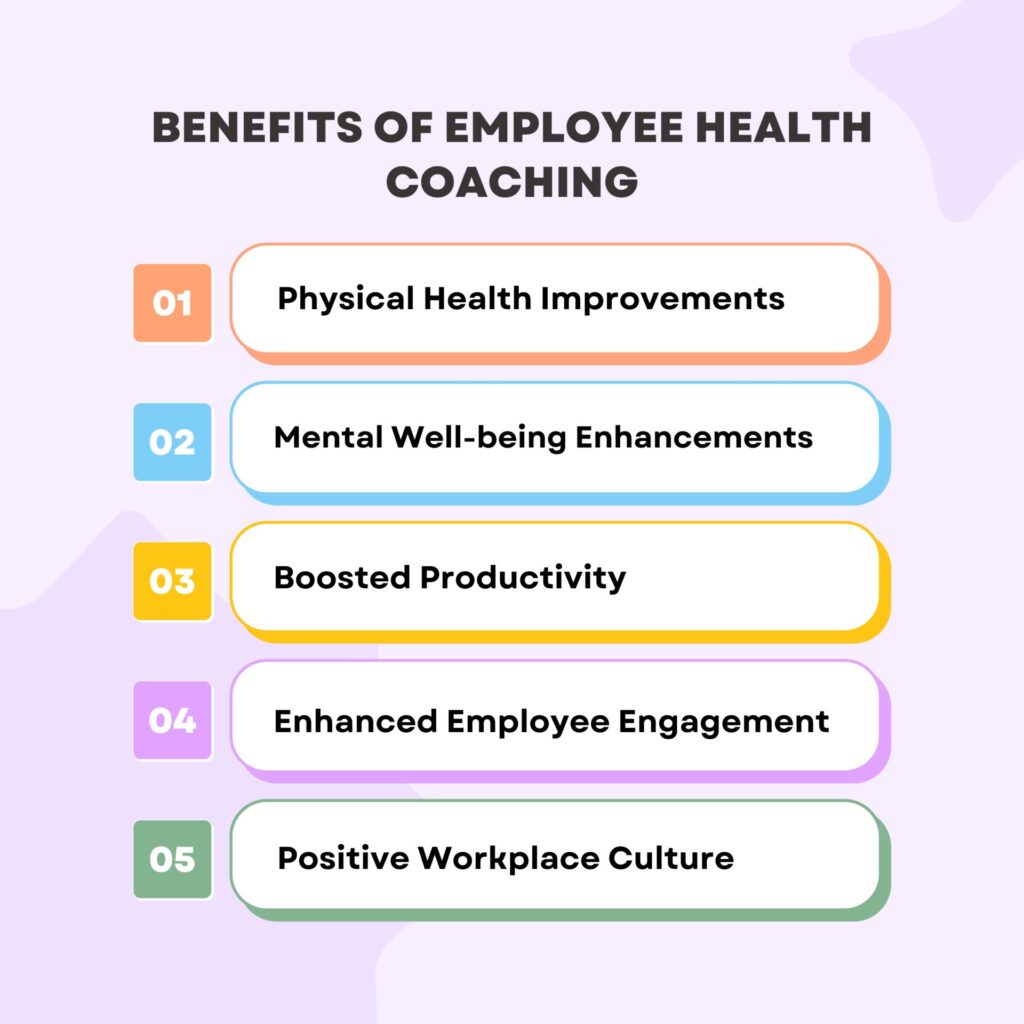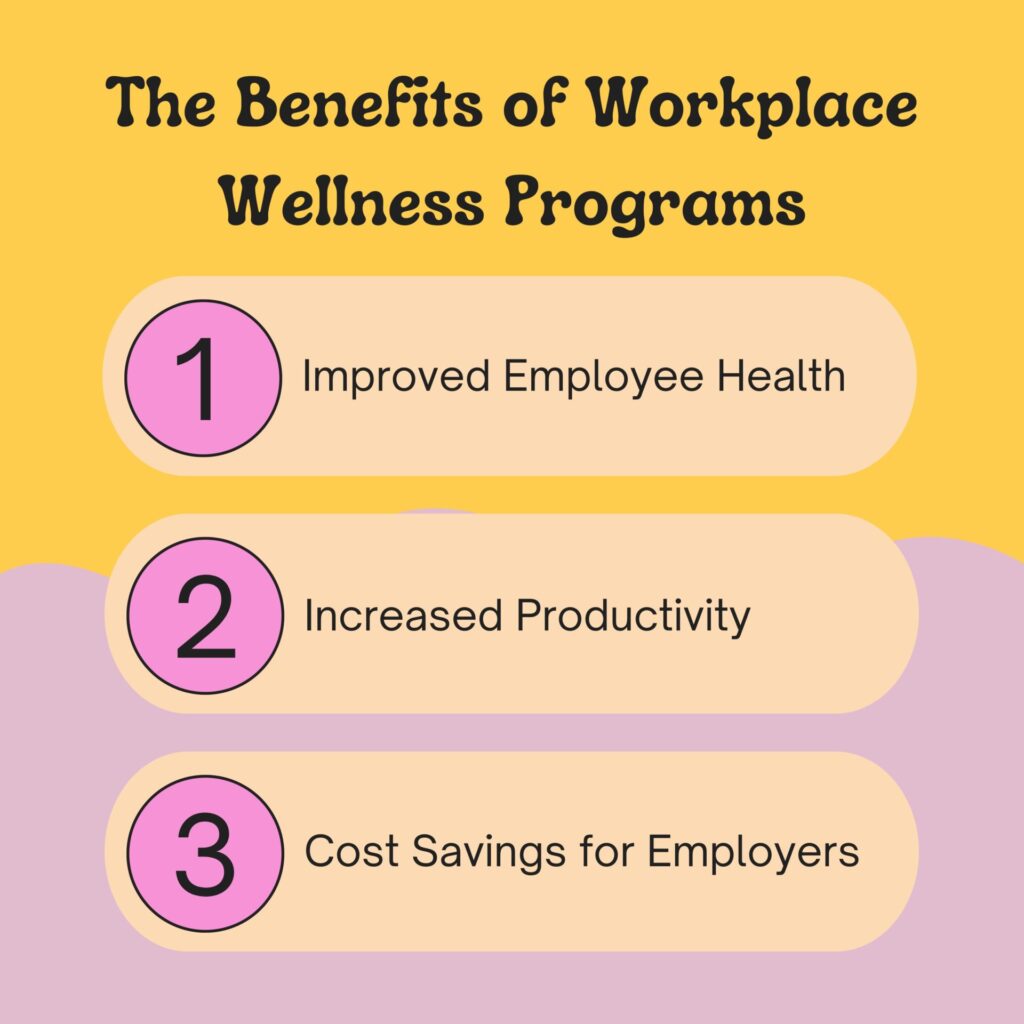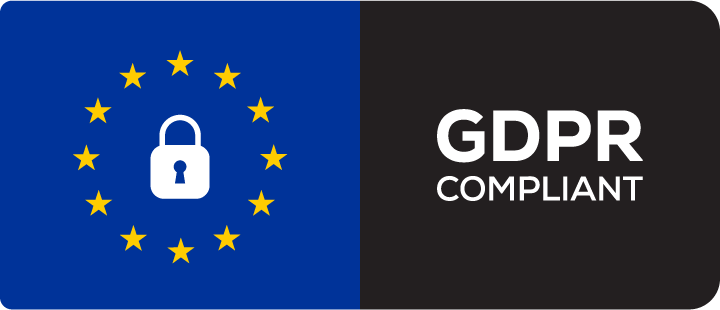Learn all about the top 5 digital wellness coaching platforms that provide you with tailored plans, expert advice and interactive resources to achieve your health and well-being targets. Get on the road to living a new healthier life!
Introduction
In brief, digital wellness coaching platforms are the means for delivering personalized health and wellness guidance through technology alongside making healthcare services rather consultative than curative. So to help, GOQii offers a number of tools including fitness trackers and nutrition plans along with mental health resources as well as personalized coaching that is all designed to empower people in achieving their goals. These merge health professional knowhow and digital technology whose main goal is to help users feel, look better in no time.
Importance of digital wellness in today’s world
It cannot be denied that in these times due to the fast-paced life, it is difficult for good health. Our well-being can be greatly compromised by busy schedules, workload pressures and the absence of routine health services. That’s where digital wellness coaching platforms come in – providing easy and at scale, adaptive solutions for your health. They put the power in peoples’ hands to do something, so that everyone feels like they can be healthy and gives people what they need to live healthier lives. More digital wellness work is more critical than ever before with the increase of “remote office” and excessive amounts of screen-time.
Benefits of Digital Wellness Coaching

Convenience and Accessibility
Convenience is one of the leading advantages found in digital wellness coaching. Coaching and resources are accessible on-demand-there is no need to visit anywhere in person, neither can they be scheduled. This is particularly advantageous for those with busy schedules or who do not have easy access to conventional health services.
Personalized Coaching Plans
Personalised plans are tailored to each individual’s health requirements and objectives via digital wellness platforms. These plans are meant to be dynamic and incorporate both detailed evaluations of specific outcomes as well as the general direction in which user progress should go. The ultimate goal is to maximize results by providing user centric specific instruction.
Cost-Effective Solutions
This means, when compared to traditional wellness coaching, digital platforms often provide more cost-effective solutions. There are few services – including free basic plans and premium tiered offerings with more robust features. It is this accessibility that makes top-quality wellness coaching so affordable.
Key Features of Digital Wellness Platforms

Personalized Coaching
Customized coaching is one of the main landscapes for digital wellness platforms. A personalised Wellness Plan is provided to each user, based on their health data points, goals and preferences. They have regular check-ins with coaches who keep them motivated through their wellness journey.
Tracking and Analytics
All Digital Wellness platforms track health metrics – physical activity, nutrition and most commonly sleep. They use analytics to monitor how users are performing and where there is room for improvement. This data-driven method provides our users with a basis for determining potential positive/negative impacts on their health.
Interactive Tools
Such interactive tools as virtual coaching sessions, workshops and webinars keep users involved into the learning process. All these tools provide an exceptional level of interactivity, and thus can make the journey to wellness a more fun exercise.
Community Support
For example, some digital wellness platforms include forums and group sessions for community support. Helps users connect with others on a like-wellness journey, share experiences and encouragement. Support from the community is one of the main factors that keeps people engaged with their goals.
Popular Digital Wellness Coaching Platforms
Noom
That is what Noom, a wellness application that utilizes brain science to encourage smarter weight loss and better living (rather!) The platform is a holisticwellness solution that integrates personalized coaching with interactive tools and community support.
BetterUp
BetterUp: This is a professional coaching app for personal and career growth. The lab will provide a 360-degree view of well-being inclusive not only mental and emotional health, but leadership ability. The coaches at BetterUp are highly professional and assist you in reaching your personal as well as the professional goals.
MyFitnessPal
MyFitnessPal is an all-in-one diet/exercise tracker. It has a large food database as well as an easier interface to use to track your nutritional endeavors. It also provides tailored training plans & user community management.
Headspace
Headspace is a meditation and mindfulness app. This comes in the form of guided meditations, sleep aids and stress-management techniques aimed at improving your mental well-being. Headspace is a personal meditation guide.
How Digital Wellness Coaching Works?

Onboarding and Initial Assessment
And the path with a digital wellness platform often starts with onboarding and an initial assessment. So, users give a lot of information about their health status and where they want to be and whatnot throughout this process. It then uses those results to create an individualized wellness profile.
Setting Goals and Planning
A personalized wellness plan is developed depending upon this initial assessment. This plan is more detailed in terms of goals and what it takes to achieve them. Working towards achievable goals, coaches will help a user set realistic milestones that clearly indicate the path to wellness.
Continuous tracking and Tuning EA Approach
Measuring: Utilizing tracking tools and frequent check-ins, digital wellness platforms continuously measure their users progress. This is critical because it allows you to make adjustments so that users stay on the right path and meet their goals This ongoing monitoring helps keep users inspired while making gradual changes.
Success Stories
User Success Stories With Digital Wellness Platforms
BENEFIT: Numerous clients had experienced amazing results and significantly improved their health and well-being through digital wellness coaching. These success stories are out there – in our case studies that reveal just how transformative personal coaching can be. Those stories can be inspirational and motivating to new users.
Testimonials and Reviews
Digital wellness platforms have been well reviewed by actual users and positive testimonial lend credence to their effectiveness. This real-life exposure can provide useful insights and incentives for those who are exploring the digital wellness coach route.
Choosing the Right Platform for You
Factors to Consider
When selecting your digital wellness platform, effort should be put into consideration to what you need the program for as well as how much you can afford and features provided. It is necessary that you choose a platform according to your requirement and ease.
Comparing Different Platforms
It might be a good idea to do comparisons for different platforms. Check out user reviews, how trained the coaches are in their respective domains of expertise, what all services it covers and overalls site reputation. These wars can enable you to choose the correct stage for your health and fitness.
The Future of Digital Wellness Coaches
Technological Advancements
Future State: Improvements in technology will likely make those digital wellness coaching platforms more refined. That might mean more advanced AI-powered personalized features, deeper integration with wearables or just something to activate beyond asking random general questions. These updates will also improve user experience and effectiveness of wellness coaching.
Wearable Devices Integration
Support for wearable devices also provides enhanced health metrics tracking to give you a complete snapshot of your journey. It makes coaching much more customized and allows the coaches to use data on-demand, offering feedback near-instantly.
Expansion of Services
Digital wellness platforms to expand beyond their current suite of services. This could incorporate targeted coaching around health conditions, better mental health care and additional lifestyle management solutions. One effect of their growth: users will have more tools for wellness in one place.
Challenges and Limitations

Privacy and Security Concerns
It is no doubt that the main issue with digital wellness platforms entails personal health data. It is equally important to select a platform that values data protection and has stringent security measures in place. Users should trust that all of their personal information is safe and secure.
Challenges in Accessibility for Technologically Challenged Event Makers
Not everyone has the technology available to them that would allow them to connect with a digital wellness coach in order for this service provide benefit. Services must be Universal and it shoudl reach to all even if one cannot delete and Add the details. This means supporting less technologically skilled users and offering low-tech options.
Risk of Technological Dependence
One of the drawbacks to digital wellness platforms is that it comes with a risk – what if we become too dependent on tech? Maintain a balanced use of digital tools and traditional well-being practices with additional human interaction. People should be mindful of maintaining a proper relationship with technology
FAQs
What is digital wellness coaching?
This type of wellness coaching entails using online platforms and technology for personalized health and wellness guidance, tracking, and support. With these platforms, come tools and resources to help users reach their wellness goals.
How much do digital wellness coaching platforms cost?
Costs can vary by platform and service tier. There are several platforms with free basic service and available for premium at a price. The price for a premium service ranges from few dollar per month to several hundreds of dollars per year.
Can digital wellness coaching replace traditional coaching?
As beneficial as digital coaching is, it may be a partial substitute for in-person practices to some. It all depends on your taste and needs. A combination of digital and in-person coaching may work best for others.
Are digital wellness coaching platforms safe?
Other platforms, namely more reputable ones, will make sure that your privacy and data security come first. It is also important to select platforms that have strong security measures and are well-reputed by their users. This also includes having an understanding of the privacy policy and how your data is handled by the platform.
How do I start with a digital wellness coaching platform?

Search different platform, take into account your health goals and choose which you must use for keeping up. Start your personalized journey by going through the onboarding process. This typically includes an assessment, working together to set a goal or goals and follow up sessions with your coach.
Conclusion
Regardless, it is clear that digital health and wellness coaching platforms can offer an easy & affordable alternative to give you the tools / resources needed to make behaviors a bit easier. They offer a number of tools that cater to your journey towards wellness, which can help you in achieving those goals more efficiently. Whether you want to lose weight, reduce stress or start a healthier lifestyle- there is something in the digital wellness space for everyone. When you choose that perfect platform and know the ways of their functioning very well, a lot happens to be spoken about when comes your life.











